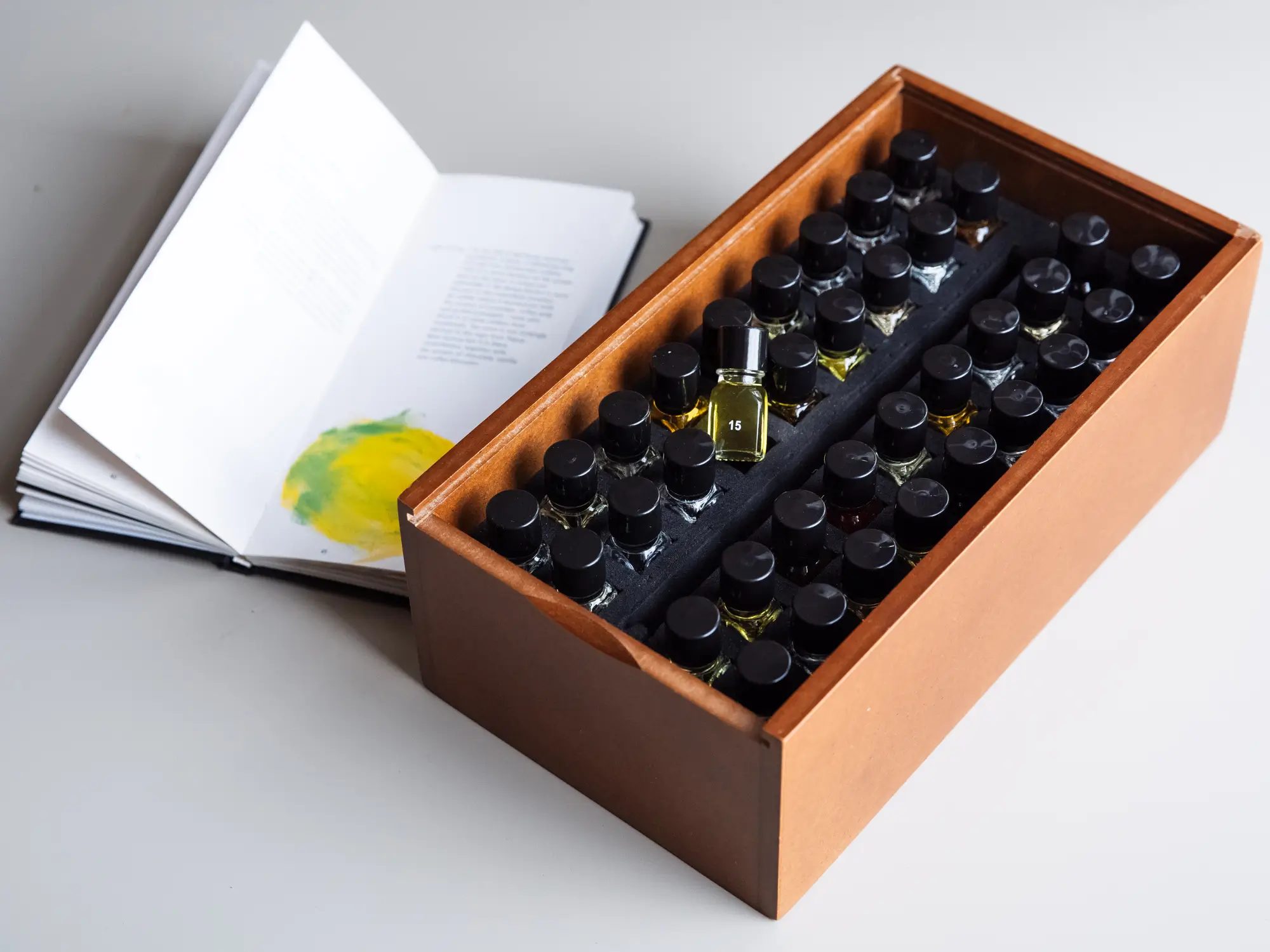ACIDITY IN GREEN, ROASTED AND BREWED COFFEE
What is acidity in coffee?
Acidity is one of most highly prized characteristics in a cup of speciality coffee. Coffee professionals use poetic phrases like sparkling, bright and vibrant to describe the taste of acidity but to the average consumer the idea of an acidic coffee is not always so popular. But what exactly is acidity in coffee and why does it does it put so many people off?
Although we can taste acidity, coffee is actually only a mildly acidic beverage. Coffee only has a pH of around 5 compared to a pH of 2 in wine and 4 in beer. What we really by acidity in coffee is the perceived acidity; a combination of acids and other flavour compounds reminiscent of acidic flavours.
ACIDITY IN THE COFFEE FLAVOUR LEXICON
The taste of acidity often gets mistaken for bitterness but when talking about coffee these are two very different things. Although acidity can result in a sour taste when overpowering we would generally consider it a positive thing. Acidity refers to coffee that is bright, crisp or lively providing a pleasant top note to balance a coffee.
Bitterness on the other hand is usually used in a negative sense. Bitterness is found in coffee that has been roasted too dark, has been over-extracted or is stale with dominant leather, wood or ashy flavours. Both acidity and bitterness are essential in a balanced cup of coffee however bitterness can easily dominate.
It’s useful to think about acidity as just one of a few parts that, when combined, create a balance of flavours. Acidity in coffee often goes hand in hand with sweetness. A lot of soft drinks contain added acids such as citric, malic, and phosphoric to help enhance flavours and balance sweetness.
ACIDITY IN GREEN COFFEE
We often describe coffees grown at very high altitudes as bright, clean or crisp. Here, where the temperatures are cooler, plants have to work harder to take up nutrients from the soil. Coffee cherries also experience a slower maturation period, developing more sugars and more flavour complexity
Soil and the varieties grown in it also affect the level acidity in coffee. Kenyan and Colombian coffees often have more acidity than say Indonesian coffees. The famous Kenyan SL-28 variety is famous for its malic acidity and blackurrant notes.
Coffee which then undergoes fully washed processing also delivers more acidity. This method allows inherent floral and fruity qualities from the coffees variety and growing conditions to shine through. Anaerobically fermented coffees also develop more acidity imparting a sparkling, sometimes sour, fermented acidity on the coffee.
ACIDITY IN ROASTED COFFEE
Acidity can also be manipulated during the roasting process. Generally, a short roast time will bring out more acidity and a long roast time will bring out more bitterness. This is because most acids degrade throughout the roasting process.
If we want to highlight some interesting acidity in a coffee we will aim for a short drying phase, the time it takes to get the coffee to first crack or maillard (when the coffee starts to brown). After this we will aim for a shorter development time (the time between first crack and the end temperature).
There are around 30 different acids that can be found in roasted coffee. The most common are;
Chlorogenic acids
Most acids in roasted coffee are made up of chlorogenic acids. These are mainly responsible for the bright, zingy characteristics that are desirable when balanced in a coffee. Longer roast times will start to destroy these acids as their complex molecular structures start to break down.
Citric acid
Also found in citrus fruits like lemon, in coffee this is produced in the plant and degrades throughout the roasting process. This can be pleasant in small amounts but too much can make a coffee taste sour.
Malic Acid
This is a sweeter acidic taste associated with pears, peaches plums and commonly has a strong apple taste, making it easy to pick out when tasting coffee.
Acetic acid
This is the main acid in vinegar and can give an unpleasant fermented taste if too prominent in coffee. In small quantities, acetic acid can contribute to a lime note especially in lighter roasted coffees.
Quinic Acid
Quinic acid forms as chlorogenic acids decompose during roasting therefore these acids aremore present in darker roasts. This will make your coffee taste bitter and is something you can taste when coffee has been left to stew on a hot plate. It is also present in old, stale coffee beans.
Phosphoric Acid
This acid is actually used in coke and tastes sweeter than most other acids found in coffee. When found coffee it even has a coke like flavour and a mango or tropical fruit note.
Despite the presence of all these acids, their perception is often dampened due to more prominent flavour attributes like bitterness, sweetness, saltiness and a coffee’s body or mouthfeel.
ACIDITY IN BREWED COFFEE
Grind size, brew time, and brew temperature can also affect acidity. A finer grind, shorter brew time and higher water temperature will increase acidity.
When brewing some coffees it’s worth bearing this in mind; for example, a light roast Ethiopian might have a pleasant acidity that we might want to highlight.
The type of brew method used can also influence the perceived acidity. Metal filtration methods like cafetière, moka pot and especially espresso have the effect of dampening acidity. This is because the the thicker mouthfeel these methods has the effect of masking it.
To get the most out a coffee with naturally more acidity we recommend brewing with a paper filter for a silkier mouthfeel and loads of flavour complexity. So if you've yet to be convinced by a coffee with more acidity maybe nows the time to give it another chance. Remember, acidity can add brightness, compliment sweetness and bring balance to some really amazing coffees.


